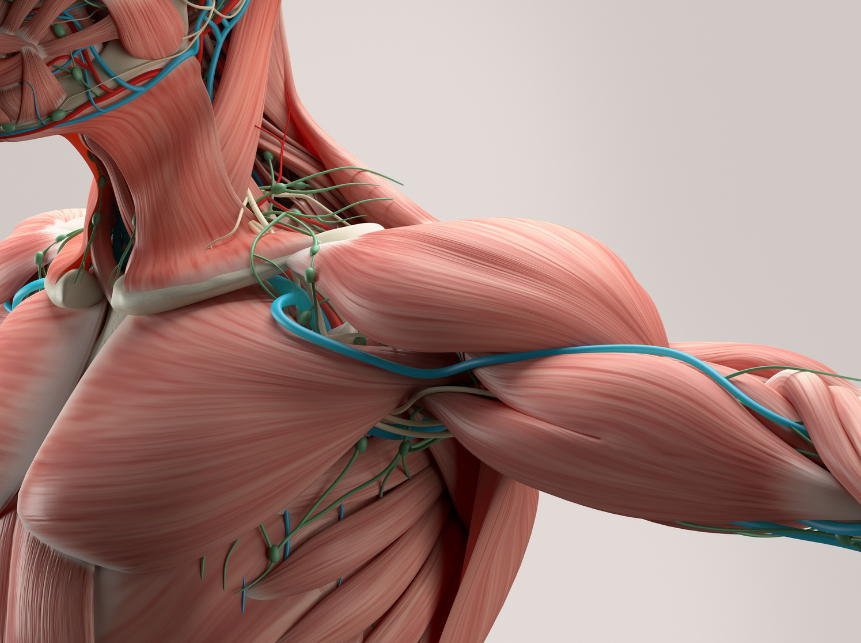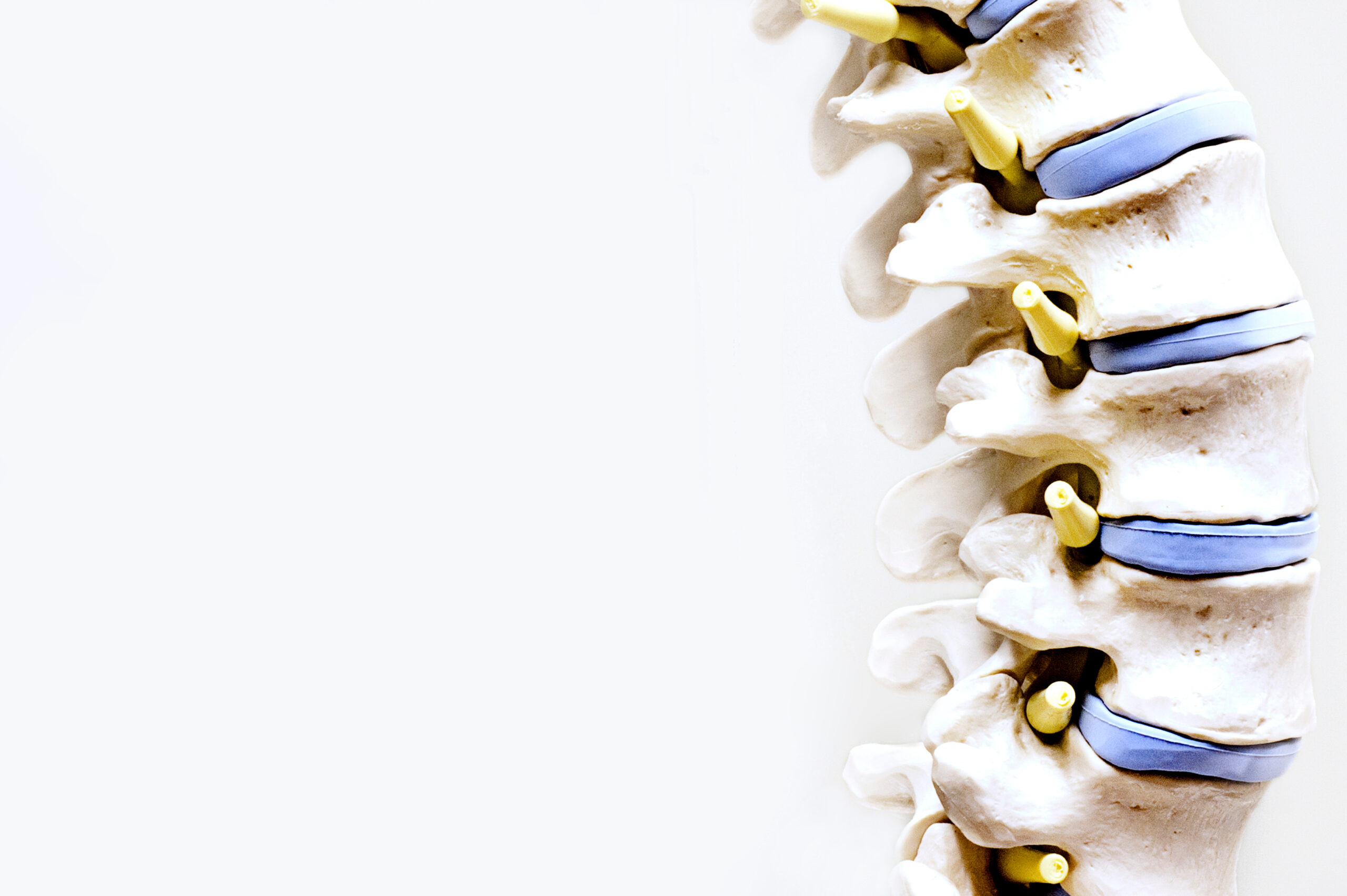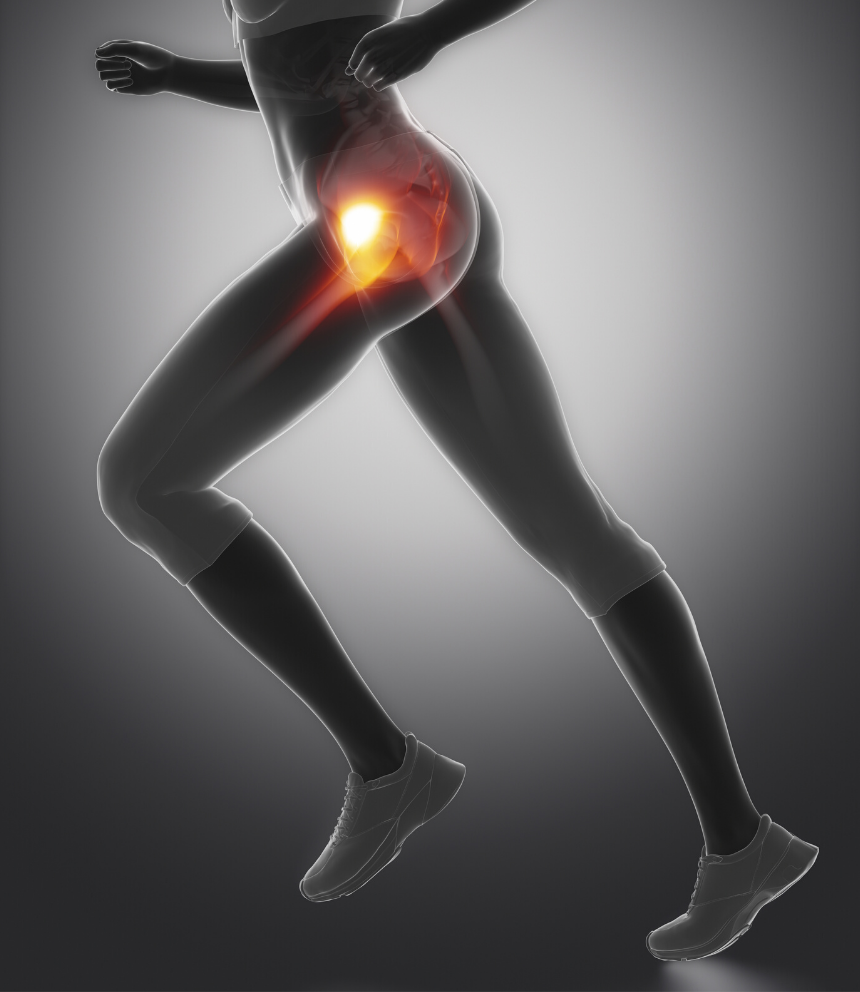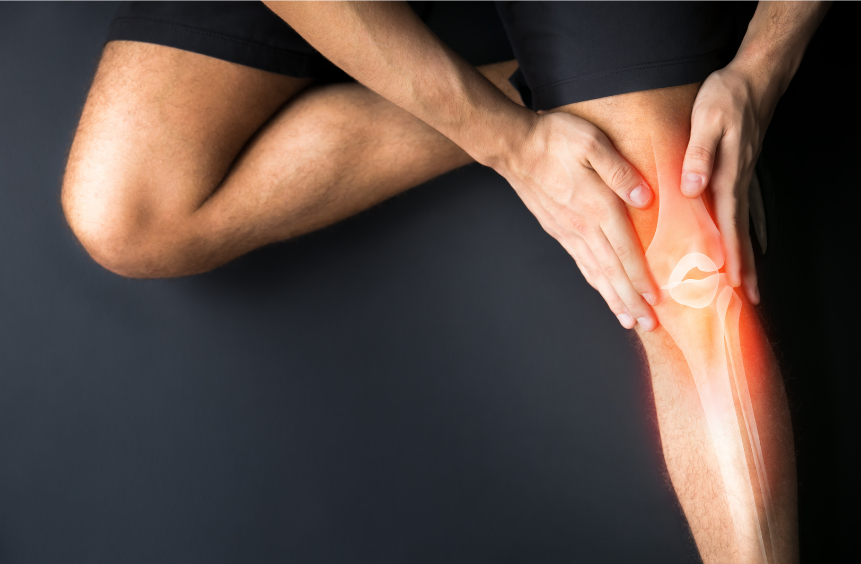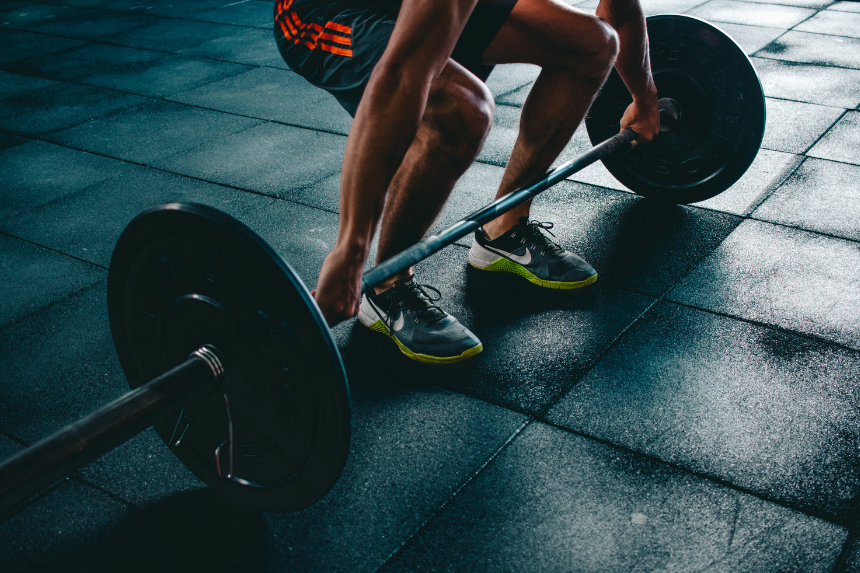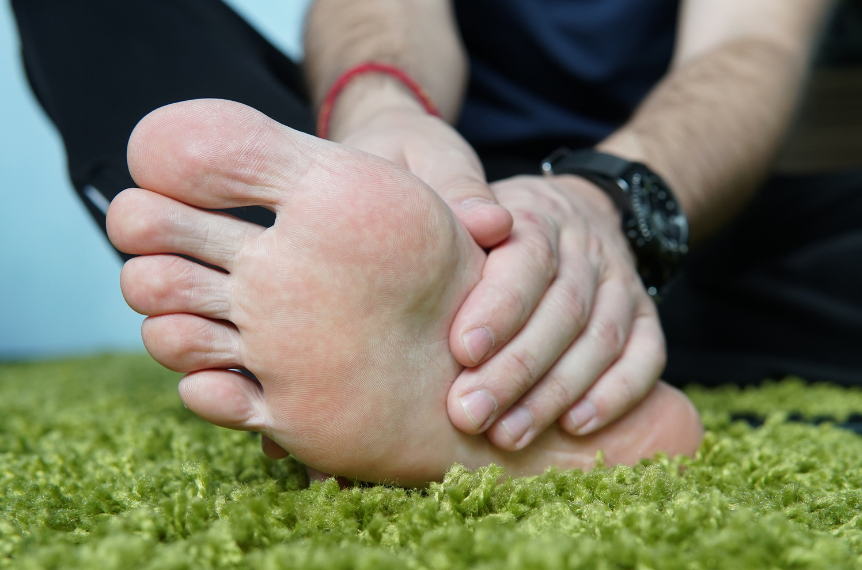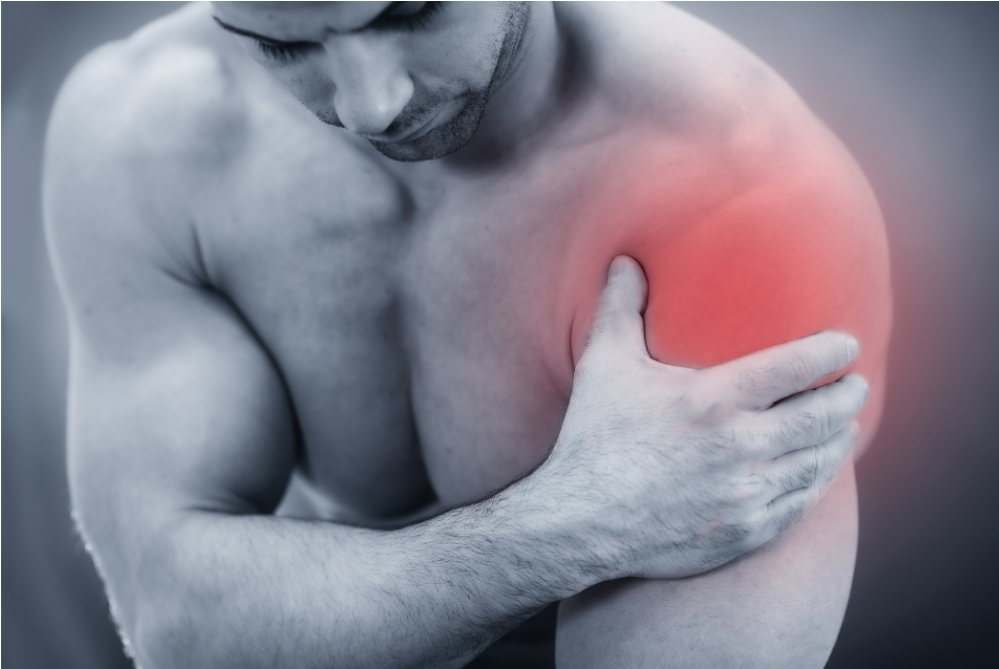
Concussion is defined as a complex pathophysiological process affecting the brain, induced by traumatic biomechanical forces. The brain has the consistency of gelatin. It’s cushioned from everyday jolts and bumps by cerebrospinal fluid inside the skull. A violent blow to the head and neck or upper body can cause the brain to slide back and forth forcefully against the inner walls of the skull. Concussion is currently a major area of study in medical circles, particularly surrounding the wellbeing of athletes’ long term health. Concussion is particularly prevalent in contact sports as it’s mechanism of injury is often associated with...

Thoracic Outlet Syndrome (TOS) is the compression of neurovascular structures as they pass through the cervicothoracobrachial region. The term ‘TOS’ is a generic term that does not specifically identify the structure being compressed. There are two categories of TOS: vascular (VTOS) and neurological (NTOS). However, NTOS is much more common, making up approximately 95-98% of all TOS cases. A combination of both categories of TOS is also possible. There are multiple locations where compression of structures can occur. One location is a passageway bordered by the anterior and middle scalene muscles (neck muscle) and first rib. These structures can compress...

There are many structures that can be irritated in the lower back that result in pain without any major mechanism of injury or incident. The most simple form of lower back pain comes from overloading the back musculature. This can occur by holding postural positions for long periods of time or pushing the muscle through harder-than-usual activities for its current strength capabilities. The lumbar spinae also consists of multiple vertebral joints (with their cartilage, joint fluid and joint capsules), discs, ligaments, tendons and nerve tissue, all of which can create irritation and pain in the lower back. Acute lower back...

Anatomy: FemoroAcetabular Impingement (FAI) is a hip condition that is characterised by pain with hip motion as a result of premature contact between the femur (thigh bone) and acetabulum (hip socket). The hip joint is a ball and socket joint, which enables a large range of joint mobility. The acetabulum has a ring of cartilage called the labrum, which deepens the socket and provides stability to the hip joint. FAI involves an alteration to the anatomy of the hip joint due to bone thickening around the ball of the femur. There are two types of morphology associated with FAI: Cam...

Ligaments are short, tough, flexible bands of tissue that hold together two bones in a joint. The Anterior Cruciate Ligament (or ACL) is an important ligament that is structurally integral to the knee joint. Primarily it prevents the tibia (shin bone) from translating too far forwards in relation to the femur (thigh bone) when the foot is planted. Full thickness ACL injuries to the knee are often catastrophic to an athlete’s season, and in some cases, their sporting career. Recovery times from this injury are usually long term – for most athletes 9-12 months of rehabilitation are required to return...

Functional exercise has been becoming an increasingly popular form of exercise as the health and fitness industry continues to grow and expand. For the purposes of this article, functional exercise refers to free-weight loaded exercise (barbell or dumbbell) that uses multiple joints to accomplish the movement; for example squats, lunges, power cleans etc. Conventional exercise refers to machine based exercises or free-weight loaded exercise that uses a single joint to accomplish the movement; for example the quad extension machine or dumbbell bicep curls. Principles of Training – Specificity You and/or your trainer want to consider specificity, overload and progressive overload...

A common complaint we get from people in the clinic is foot pain. This may be in the form of burning through the arches of the feet in the morning, heel pain when pressure is applied, or aching throughout the foot. The most common cause for such foot pain is a condition called Plantar fasciitis. According to Health Direct Plantarfasciitis is an inflammation of the plantar fascia, a piece of strong, thick tissue that runs along the bottom of the foot. It connects the heel bone to the toes, creating the arch of the foot. Symptoms often include: Pain under...

Tennis elbow, which is properly known as lateral epicondylalgia, is a type of overuse injury that causes pain around the outside of the elbow. This happens when a similar movement is repeated again and again, leading to inflammation or microtearing. It is the most common cause of elbow pain. SymptomsIn most cases, symptoms present gradually and worsen slowly over weeks or months. Most people experience a burning or aching pain which can also spread into your forearm and wrist. It can be aggravated by movements of the wrist and hand, such as holding your coffee cup or shaking hands and...

Rotator cuff tendinopathy is the most common type of shoulder pain. The rotator cuff is a group of four muscles that assist with stability of the shoulder joint and and movement of the arm. The bellies of these muscles are called supraspinatus, infraspinatus, teres minor and subscapularis, and they sit around your shoulder blade. Each connects to a tendon which travels to attach onto the ball of the shoulder joint. These muscles work collaboratively to lift and rotate your arm. Causes Injury most commonly occurs in one of two ways: trauma/acute or degeneration/overuse. Traumatic events can cause a tear in...

By Megan Kelly One of the most common complaints we hear from people is that they have a sore neck, back, shoulders or arms from sitting at their desk all day. This is much more common now due to Covid-19 causing people to work from home, with very little notice to correctly set up their workstation. A poorly set-up workstation can include any of the following: A faulty chair or a chair that you are unsure how to adjust A desk too small or cramped for the job Poor layout of equipment. This can include things such as the screens...


